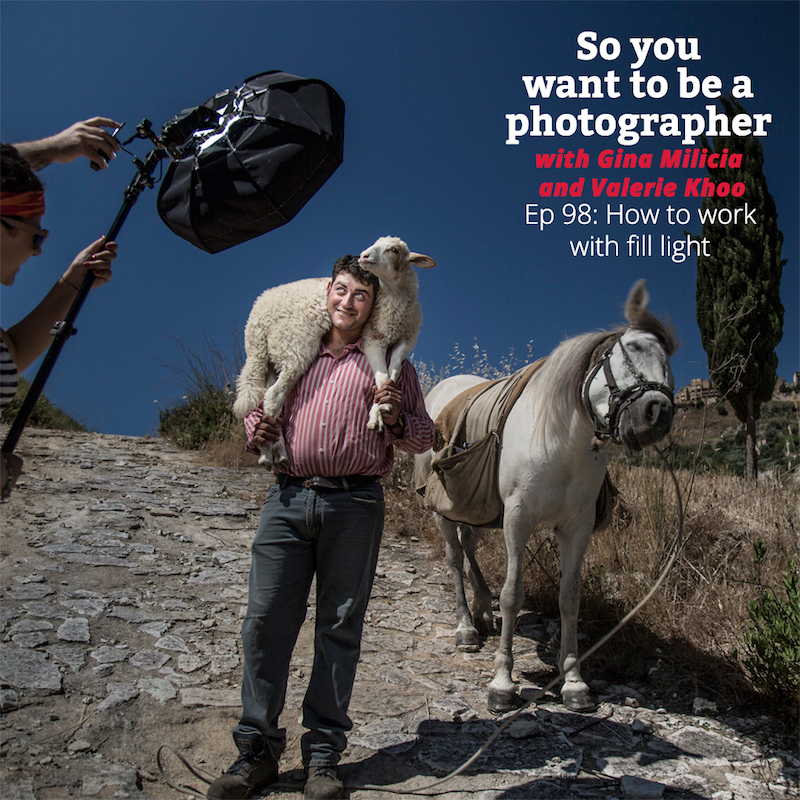
Sometimes, all it takes is a little “dook” or a small “ping” to make your image come alive with breadth, colour and tone. You don’t necessarily need a huge lighting setup. Sometimes, the right amount of fill light can be achieved with reflected light, a white t-shirt, a cheesecake dish (yes, a cheesecake dish) or even the light from a smartphone.
In this episode, Gina and Valerie discuss how you can use fill light in a range of situations, when you would use it and how to use a variety of sources to make it happen.
#ginachallenge #ping
Click play to listen to the podcast or find it on iTunes here. If you don’t use iTunes you can get the feed here, or listen to us on Stitcher radio.
Show notes
Travelling on planes with battery operated flash will end in tears and no dinner…
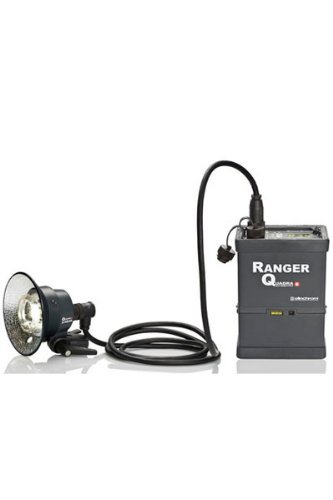
The Elinchrom Ranger Quadra kit is my go to for location shoots because it is lightweight, fast recycle time and has a very quick battery recharging time.
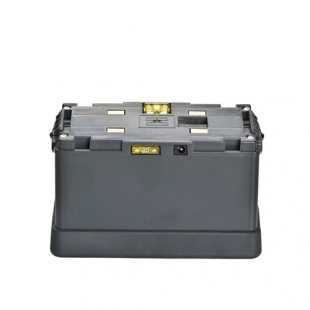
The following is the reply I got from Qantas Dangerous Goods Operations Compliance Coordinator:
Thank you for providing the additional information.
As your non-spillable battery does not exceed 12V and 100Wh, I can confirm that is permitted for carriage.
Spare non-spillable batteries are limited to two per person and are permitted as carry-on baggage only. The terminals must be individually protected.
If the battery is enclosed in a device, it is permitted as both checked and carry-on baggage. The on/off switch must be protected to avoid accidental activation.
Although an approval is not required for its carriage, you are most welcome to use this email as verification to ground staff.
Kind regards,
Jodie Rowlison
Dangerous Goods Operations Compliance Coordinator
Is Nutella a dessert or a spread?
Nutella: US FDA asks for submissions on chocolate spread consumption
How to work with fill light
Who’s fill and why do we need him?
Wikipedia says:
“a supplementary light used in photography or filming that does not change the character of the main light and is used chiefly to lighten shadows.”
- Put simply fill light is used to reduce contrast and add more light to shadow areas of an image
- A portrait taken at midday on a bright sunny day will be very high in contrast.
- This means that the shadow areas the bits of the image that don’t get sunlight such as eye sockets under the chin etc.
- Good fill is not noticeable. It’s in the background.
- Bad fill stands out like doggy cohones.
- If a shot looks lit, you’ve overdone it.
Natural vs artificial fill
There are many examples where if you look out for them natural fill light exists.
Beach sand (not black sand) is natural fill.
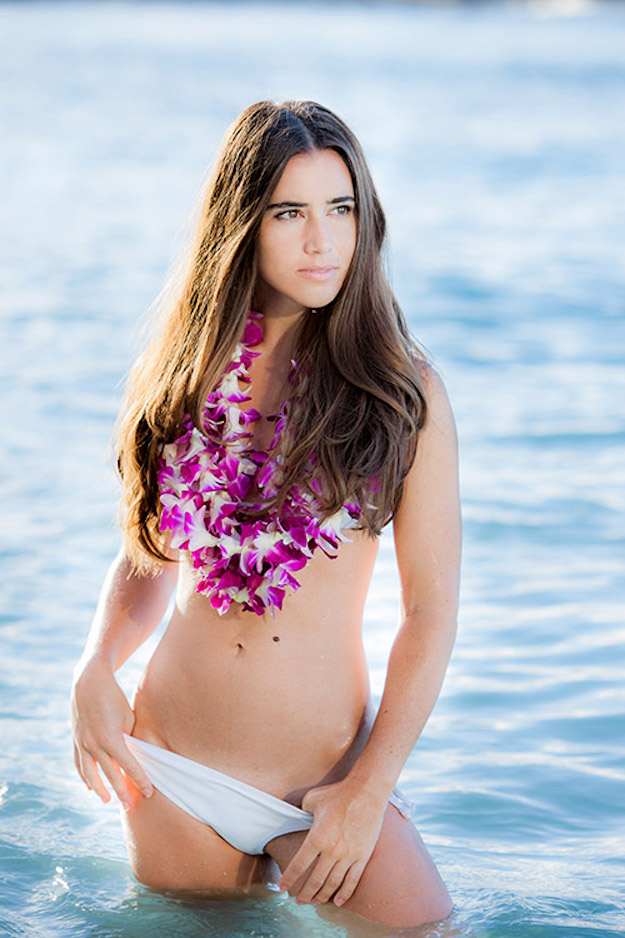
Concrete is natural fill
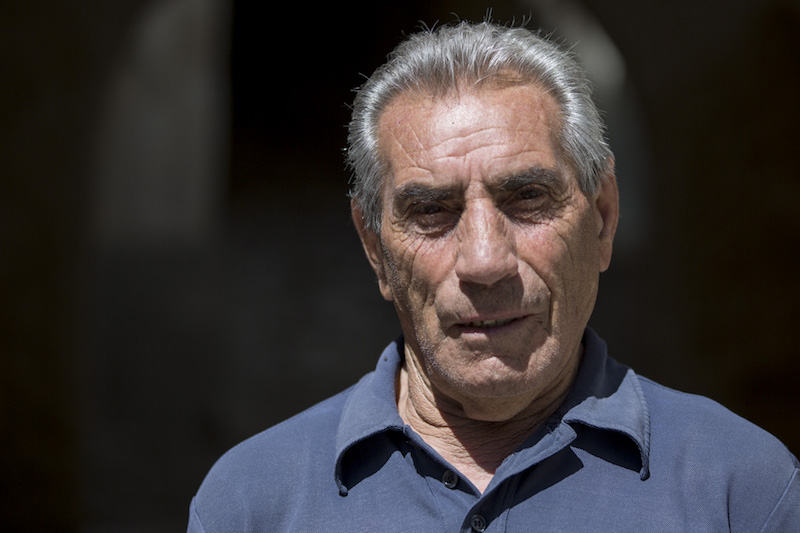
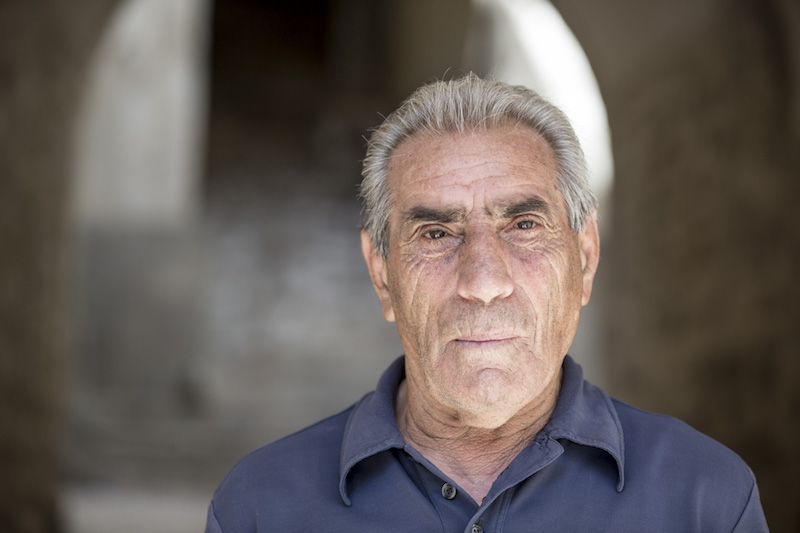
Buildings can act as a fill
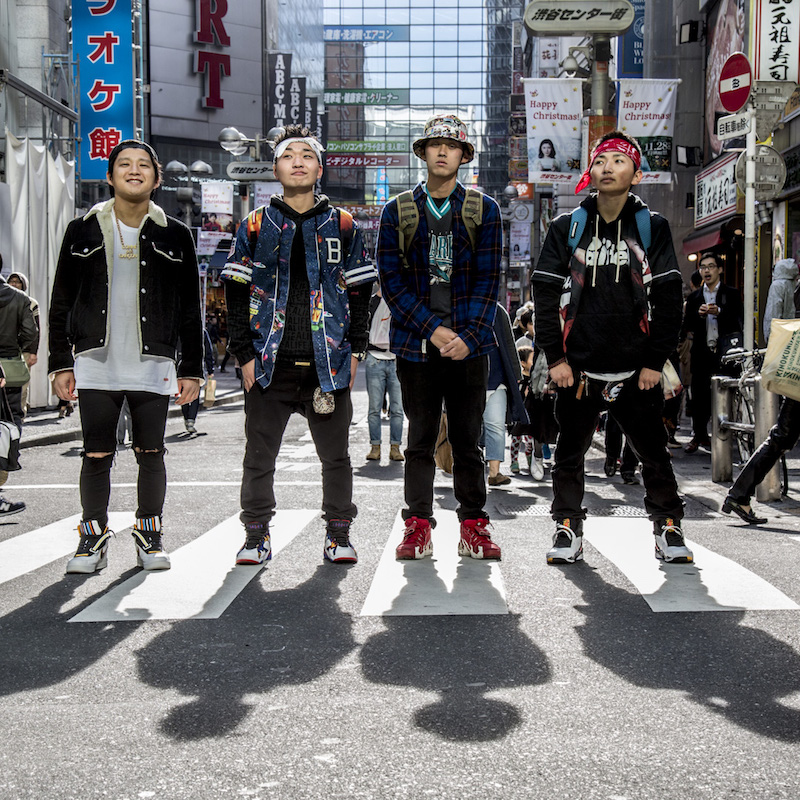
What are the best surfaces for fill light
- Mirrors
- White walls
- Natural tone walls
- Sand
- Windows with mirrors
- Refrigerator Trucks
- Wear a white shirt
Natural fill light to avoid
- Coloured walls and pavement
- Green foliage
Best kinds of portable fill
- White card
- Silver card
- Pizza dish
- Mirrors
5 in 1
- Silver is an edgier light. Provides greater fill.
- Gold is warm and good for very cold light such as very early morning. Otherwise, leave it in the 80s.
- White is my go to because it’s soft and less contrasty
Adding fill flash
Add a catch light
If the only thing missing in your shot is a catchlight because your subject is evenly lit by open shade or an overcast day you only need to add a small Ping of light.
Take a reading of your subject and expose for skin tone
- A Light Meter will give you an actual reading
- If you use the Camera light meter, will give you a reflected reading so you need to compensate. You do this by:
(a) Increase exposure by 1/2 to 1 stop for light skin tones
(b) Decrease exposure by 1/2 to 1 stop for dark skin tones.
So use Flash on camera set to TTL and adjust the power between -1/3 to -2 so it’s not making an impact on the skin tone depending on whether you want to add a dook or a ping.
Ping -2
Dook -1/3
Shutter speed controls ambient.
- So if you want to make your overall scene brighter, slow the shutter speed down.
- If you want your overall scene to be darker pick a faster shutter speed.
Off camera flash

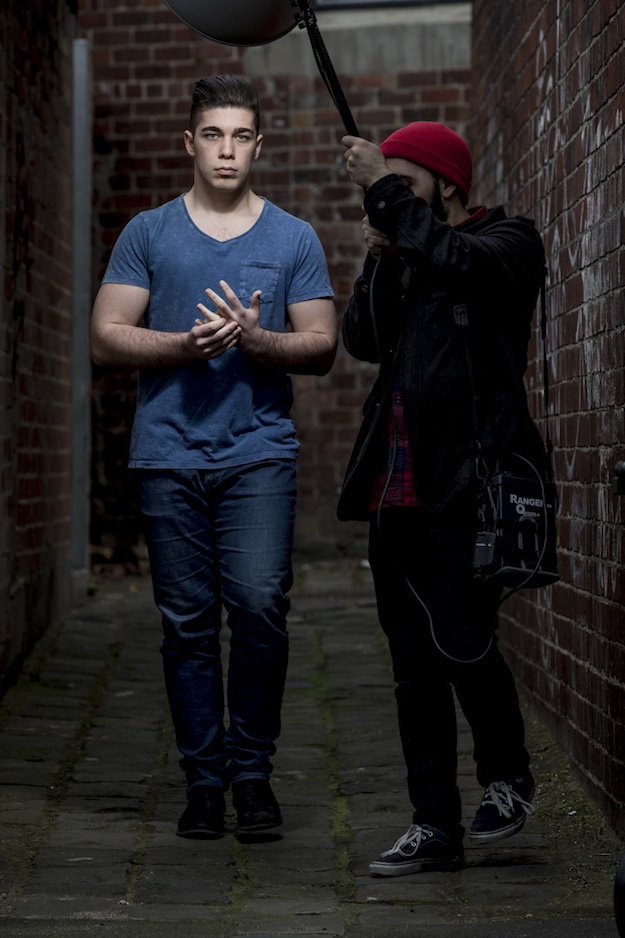
- Even natural lighting
- Adding some mood
- Moody dark shots.
Important
- Shutter Speed must be 200 (250 for Nikon) or lower for off camera flash otherwise the camera won’t sync with the flash and you end up with a black line (camera shutter not as fast as the flash)
- You can add a dook and use a reflector (double dook)
- You can add ping and reflector
- Quality of fill is influenced by its size and proximity to your model
- A large modifier will give a softer light (less contrast) than a smaller modifier
- The closer the light is to the model the softer the light.
- Match your fill light to your background light
- Hard light use grid, small modifier
- Soft light use a soft box.
#ginachallenge #ping


